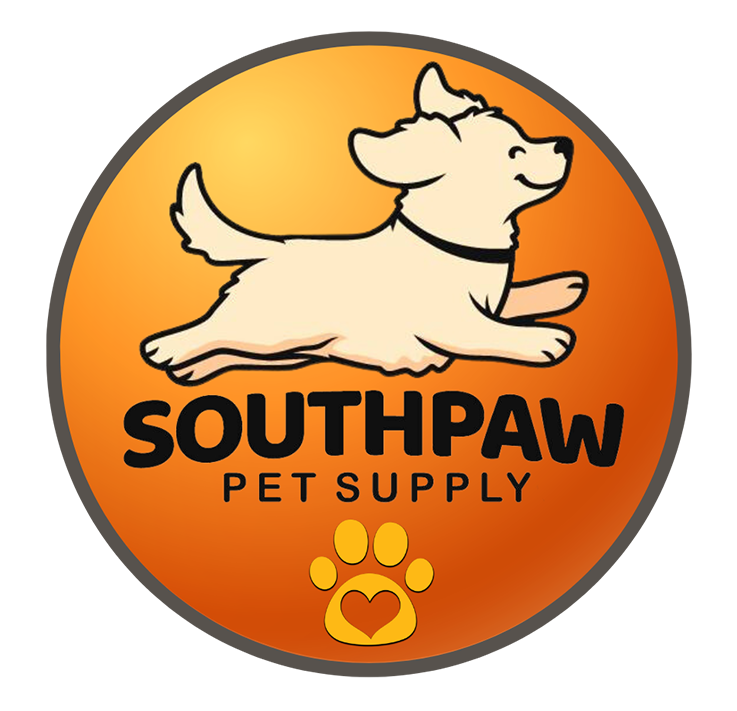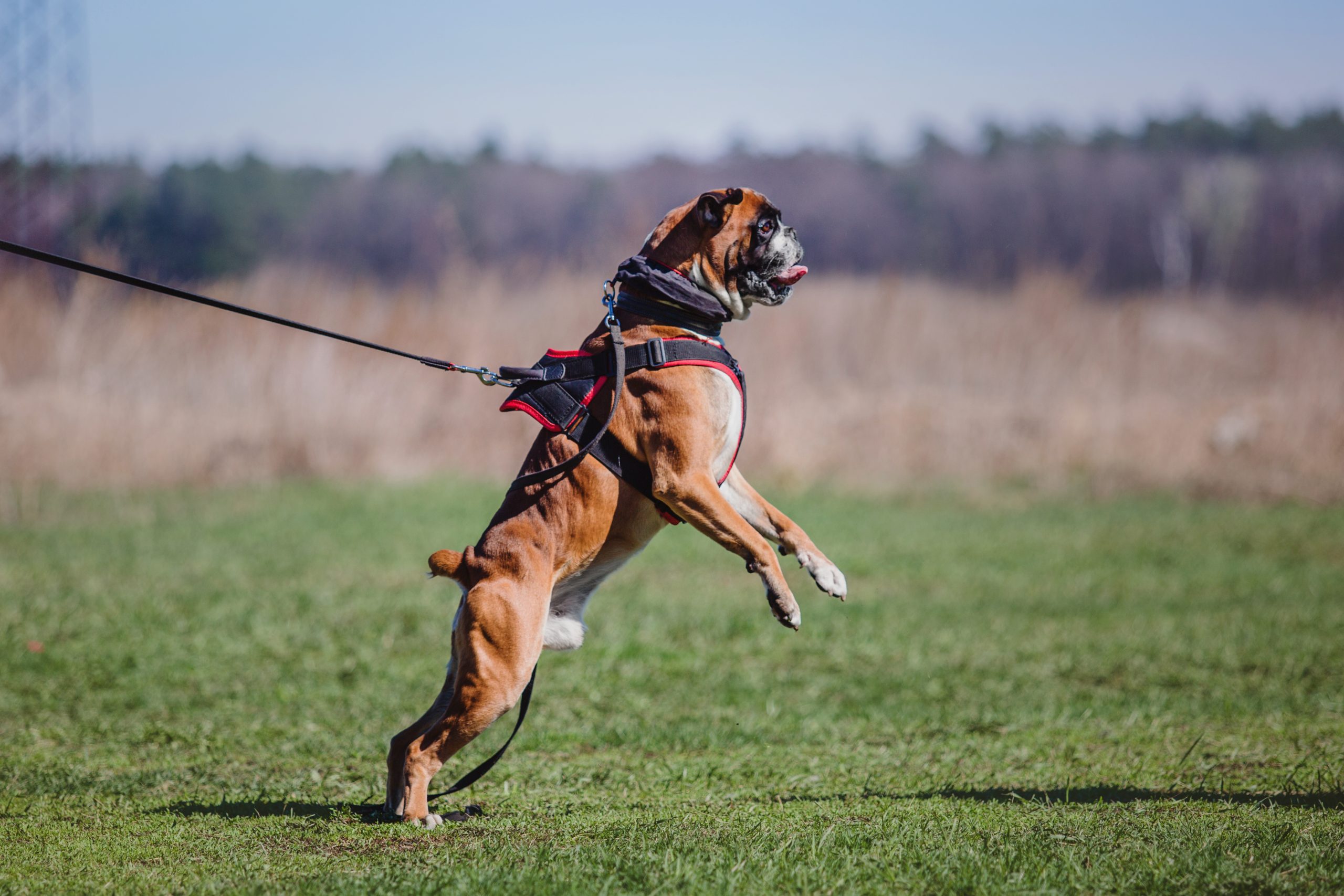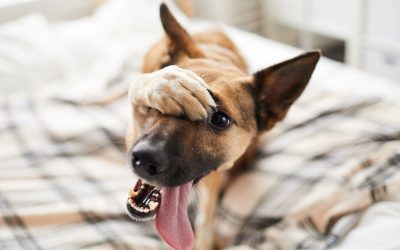Welcome, pet parents, to another insightful read brought to you by SouthPaw Pet Supply!
Leash reactivity and aggression in dogs can be challenging issues to address, but with the right approach and training techniques, you can transform your walks into enjoyable experiences for both you and your furry companion. In this comprehensive guide, we’ll delve into practical tips and strategies to help you manage and mitigate leash reactivity and aggression in your beloved pup. Let’s embark on this journey together and pave the way for peaceful and harmonious walks!
Understanding Leash Reactivity and Aggression:
Leash reactivity and aggression are common behavioral issues exhibited by dogs during walks. This behavior may manifest as barking, lunging, growling, or even snapping at other dogs, humans, or environmental stimuli while on a leash. It often stems from fear, frustration, lack of socialization, or previous negative experiences.
Tip 1: Positive Reinforcement Training:
Utilize positive reinforcement techniques to encourage desired behaviors and reinforce calm, relaxed behavior on walks. Reward your dog with treats, praise, or toys when they exhibit calm behavior and ignore reactive or aggressive outbursts. Consistency and patience are key to success in positive reinforcement training.
Tip 2: Desensitization and Counterconditioning:
Gradually expose your dog to triggering stimuli at a safe distance while using treats or rewards to create positive associations. Over time, decrease the distance between your dog and the trigger while continuing to reward calm behavior. This desensitization and counterconditioning approach can help reduce your dog’s reactivity and build confidence.
Tip 3: Maintain Distance and Manage Environments:
Be proactive in managing your dog’s environment to minimize potential triggers and avoid confrontational situations. Maintain a safe distance from other dogs, pedestrians, or stimuli that may elicit a reactive response. Choose quieter walking routes or schedule walks during off-peak hours to reduce exposure to triggers.
Tip 4: Use Calming Tools and Equipment:
Consider using calming tools and equipment, such as a bungee leash, well-fitted harness or a head halter, to provide better control and reduce leash pulling or lunging. Additionally, explore options like calming pheromone sprays or vests that can help alleviate anxiety and promote relaxation during walks.
Tip 5: Seek Professional Guidance:
If your dog’s leash reactivity or aggression persists despite your efforts, seek guidance from a certified professional dog trainer or behaviorist. They can assess your dog’s behavior, provide personalized training plans, and offer valuable insights and techniques to address specific issues.
Navigating leash reactivity and aggression in dogs requires patience, understanding, and a commitment to positive training methods. By implementing the tips and strategies outlined in this guide, you can work towards fostering a calmer, more confident canine companion and enjoy stress-free walks together. Remember, every step forward is a step closer to achieving harmony and balance in your relationship with your furry friend.
For further reading and resources on canine behavior and training, we recommend exploring reputable sites such as the American Kennel Club (AKC) and the Association of Professional Dog Trainers (APDT). Together, let’s embark on this journey to empower and enrich the lives of our beloved pets.
Stay tuned to the SouthPaw Pet Supply blog for more valuable insights, product recommendations, and expert tips to enhance the bond with your furry companions. Until next time, happy training and wagging tails!


